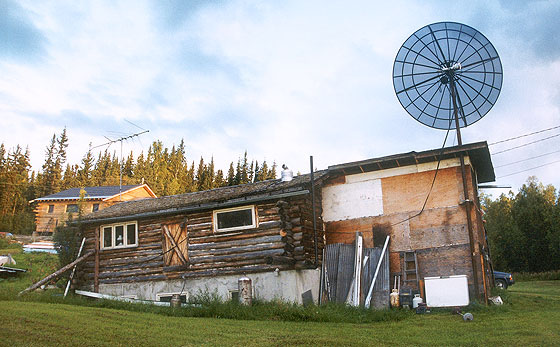Sinking Soil, the Arctic
Permafrost—“permanently” frozen soil—is mostly frozen water. Ice crystals fill the pores between soil particles. When the ice melts, peaty soils collapse, and mineral soils slump or slide down slopes. Thawing can destroy the foundations of everything above the soil. Homes, businesses, roads, railroads, airfields, pipelines, and nuclear power plants are at risk.
Until recently, frozen ground was solid ground. Throughout the Arctic, permafrost could support structures, if they were perched on pilings or insulated to keep the heat they generated from seeping into cold soils. These engineering solutions worked as long as the climate remained stable.
Now, rising annual temperatures are lowering the year-round freeze line in Arctic soils. Across the region, global warming is making building and maintenance more expensive, and leaving coastal settlements extremely vulnerable to shoreline erosion. The most catastrophic consequences may be avoided by monitoring permafrost thaw and engineering new designs to cope with foundation instability.


